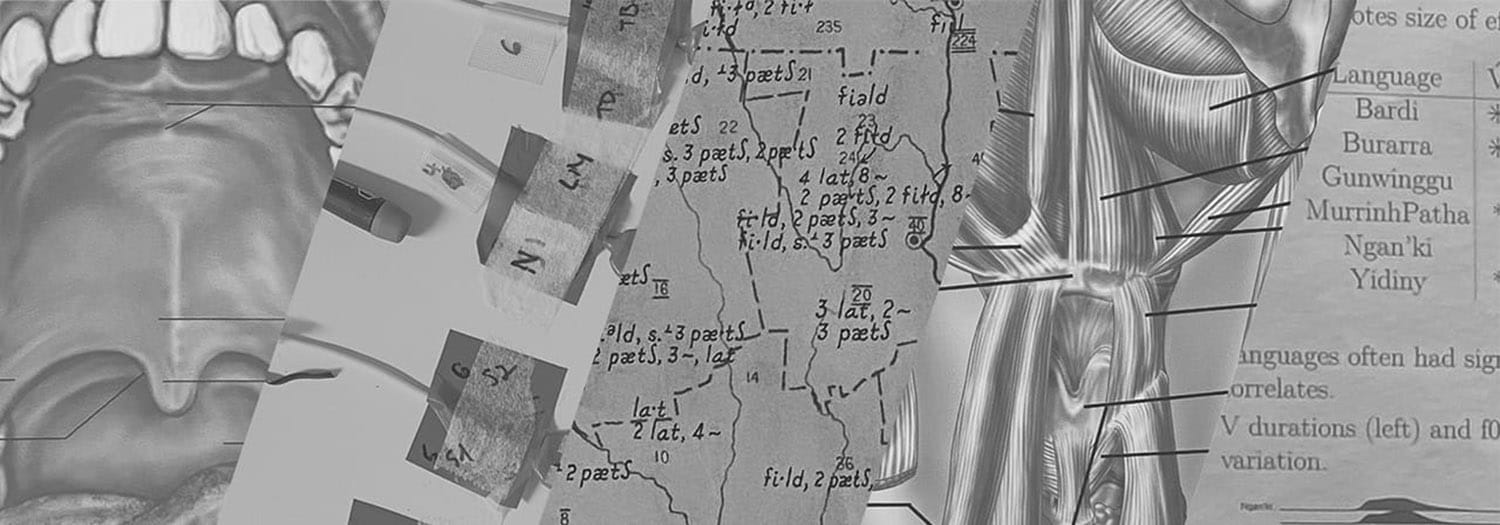Sarah Babinski presents at Algonquian conference
Graduate student Sarah Babinski presented at the 49th Algonquian Conference at the end of October. There, she showed how stress patterns in the Southern East Cree language reveal a new perspective on the rules governing stress in Algonquian languages in general.
According to recent studies, North American indigenous languages from the Algonquian family are thought to feature words with extrametrical syllables. Extrametrical syllables are syllables that are ignored for the purpose of deciding where stress might fall in a word. For example, in Classical Latin, stress may fall on the second-to-last or the third-to-last syllable, but never the last syllable. Linguists believe that this is because the last syllable of a word in Classical Latin is extrametrical, so that it can never receive stress. Similarly, in the vast majority of Algonquian words, stress falls on the second-to-last or third-to-last syllable, but not the last syllable. This has led many Algonquian scholars to consider the last syllable of Algonquian words to be extrametrical.
However, this apparent extrametricality in Algonquian is not without exception. In the Southern East Cree language, spoken in Quebec, the last syllable of a word is sometimes stressed. For example, in the word mees.ka.núu “road,” the last syllable núu is stressed. Because of these exceptions, Sarah proposes that words in this language do not actually have extrametrical syllables. Instead, the rules of stress in Southern East Cree organize words into sequences of two syllables, the second of which is stressed and the first of which is not. Such sequences are known as iambs. Furthermore, there is a preference for the stressed syllable in an iamb to be heavy—meaning it ends in a consonant or has a long vowel—and for the unstressed syllable to be light—meaning it is not heavy. What appears to be extrametricality occurs when the preferred type of iamb occurs before the end of a word. For example, in the word na.mée.pii “sucker fish,” the first syllable is light and the second syllable is heavy, so these two syllables form an iamb with the second syllable stressed. In the word mees.ka.núu “road,” the preferred iamb occurs at the end of the word, so the last syllable is stressed. When all syllables are heavy, as in pii.naa.tíkw “wooden clothespin,” the last syllable is stressed by default. This theory of light–heavy iambs accounts for both extrametricality and exceptions thereto, while situating the Algonquian languages within a larger class of languages with similar stress patterns.
The Algonquian Conference is an annual meeting of scholars presenting research on the languages, cultures, and social issues of the Algonquian peoples, a family of indigenous peoples of Canada and the northern United States. The 49th Algonquian Conference was held from October 27 to 29 at the Université de Montréal in Montreal, Canada. The program and abstracts (in French and English) are available on the conference website.


